Action Posts on Crowch
A Familiar Hero in a New World 🚨
When Live Free or Die Hard (known as Die Hard 4.0 in some regions) hit theaters in 2007, it felt like an unexpected gift to fans of Bruce Willis’s iconic character.
John McClane, the rough-around-the-edges New York cop we had followed through explosions, hostage crises, and near-death experiences, suddenly found himself in a completely new battlefield — the digitalized modern world.
The film’s premise immediately stood out. Instead of terrorists with guns or criminals with heavy artillery, McClane now faced cyber-terrorists, masterminds of digital warfare who threatened to dismantle America’s entire infrastructure.
For a man who still relied on instinct, fists, and sheer stubbornness, this was an enemy from a different universe. And yet, that clash of old-school grit versus high-tech chaos became the central thrill of the film.
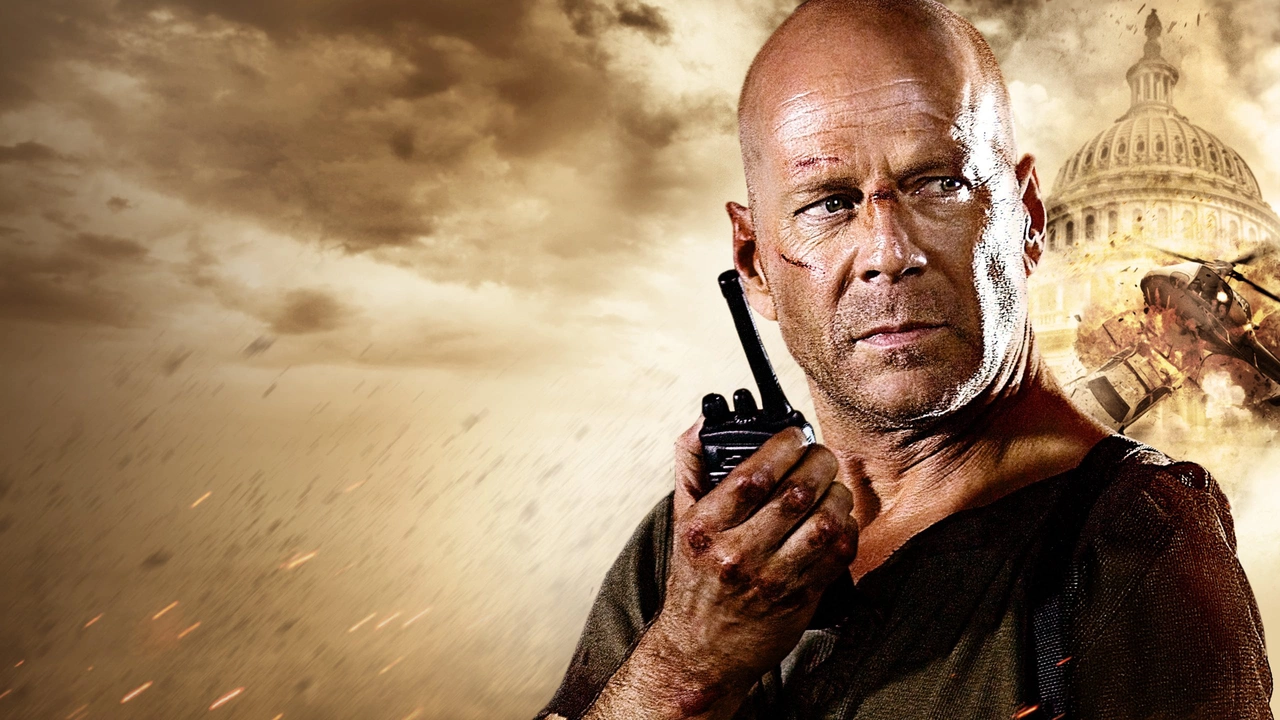
The Vision of Len Wiseman 🎬
The film was directed by Len Wiseman, previously known for the first two Underworld movies. His experience with stylish visuals and dynamic action sequences translated perfectly into the high-octane energy of Die Hard 4. The result was a project that, surprisingly, did not just revive an old franchise but managed to elevate it.
Unlike many modern sequels that collapse under the weight of nostalgia, this fourth chapter felt alive, ambitious, and visually superior. The balance of practical stunts with mid-2000s CGI created a spectacle where you couldn’t always tell where reality ended and digital trickery began — a true advantage of its era.
Bigger, Louder, and Wilder 💥
What makes Live Free or Die Hard stand out is the sheer audacity of its action. Scenes defy logic yet captivate the eye: cars crashing into helicopters, collapsing highways, brutal hand-to-hand fights, and shootouts that feel straight out of a video game. It’s chaotic, sometimes ridiculous, but always entertaining.
And, of course, at the heart of it all is McClane — older, a little wearier, but no less relentless. Bruce Willis embraced the role with the same mix of sarcasm, toughness, and everyman charm that made him legendary. Watching him survive impossible odds feels almost comforting, a reminder of why audiences fell in love with him decades earlier.
llies and Enemies 🕵️♂️⚔️
This time, McClane isn’t alone. His reluctant partner is Matt Farrell, a young hacker played by Justin Long. Their dynamic is both comic and vital: McClane’s old-school instincts paired with Matt’s digital savvy create an entertaining contrast. Together, they form a bridge between two eras — the analog and the cyber.
Another fresh addition is Lucy McClane, John’s daughter, played by Mary Elizabeth Winstead. She adds personal stakes to the story, evolving from a cameo character in earlier films into an active participant in the chaos.
On the villainous side, Timothy Olyphant delivers a memorable performance as Thomas Gabriel, a cold, calculating cyber-terrorist. His partner, Mai (played by Maggie Q), brings a dangerous elegance to the film, combining martial arts with ruthless determination. They may not outshine Hans Gruber, but they provide worthy opponents in this digital battlefield.
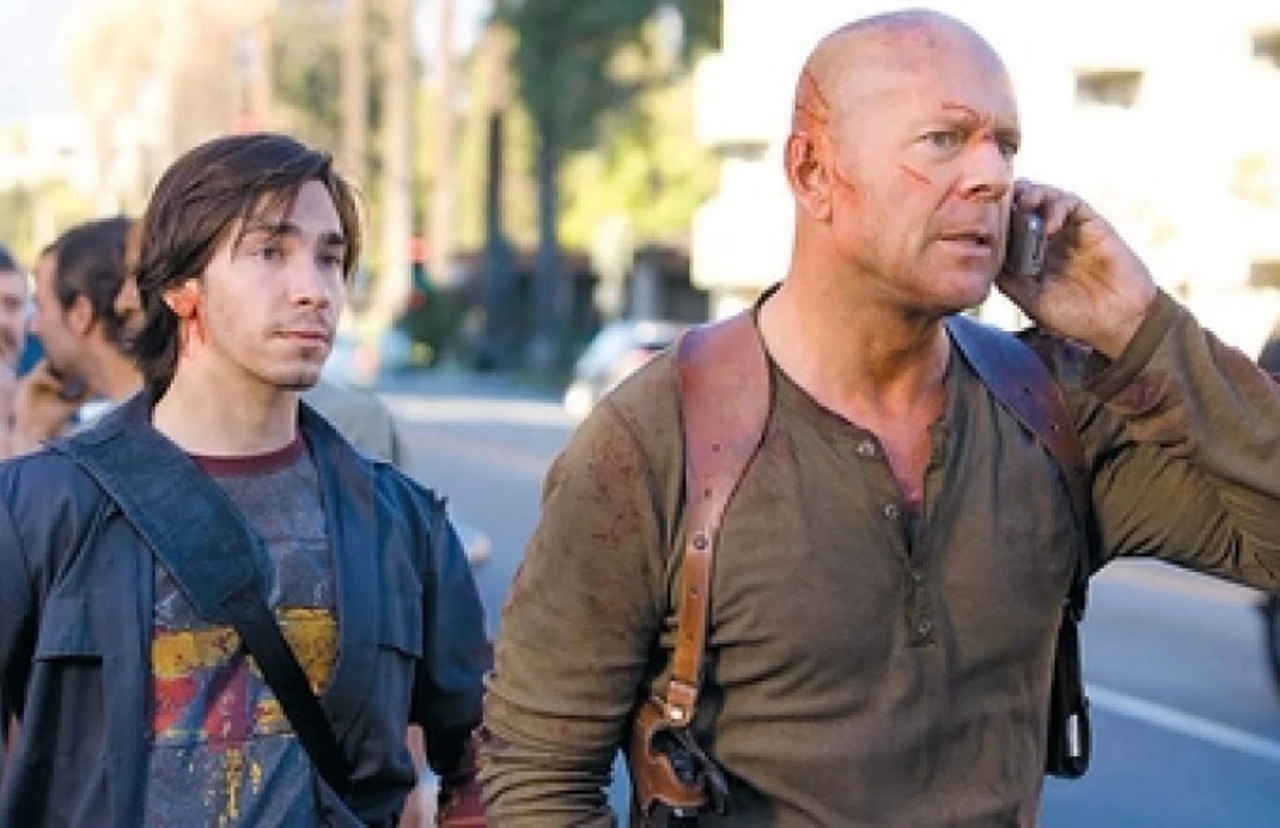
A Tribute to Classic Action 🎞️
Despite its modern setting, the film retains the essence of the Die Hard series: ordinary man, extraordinary odds. It pays homage to the explosive action of the 1980s and 1990s while embracing the spectacle of the new millennium.
The pacing rarely falters, the visual scale feels immense, and the energy never dips. Even if some stunts stretch believability, they are executed with such style that you can’t help but enjoy the ride. It’s not just another sequel — it’s a statement that John McClane still has a place in the blockbuster landscape.
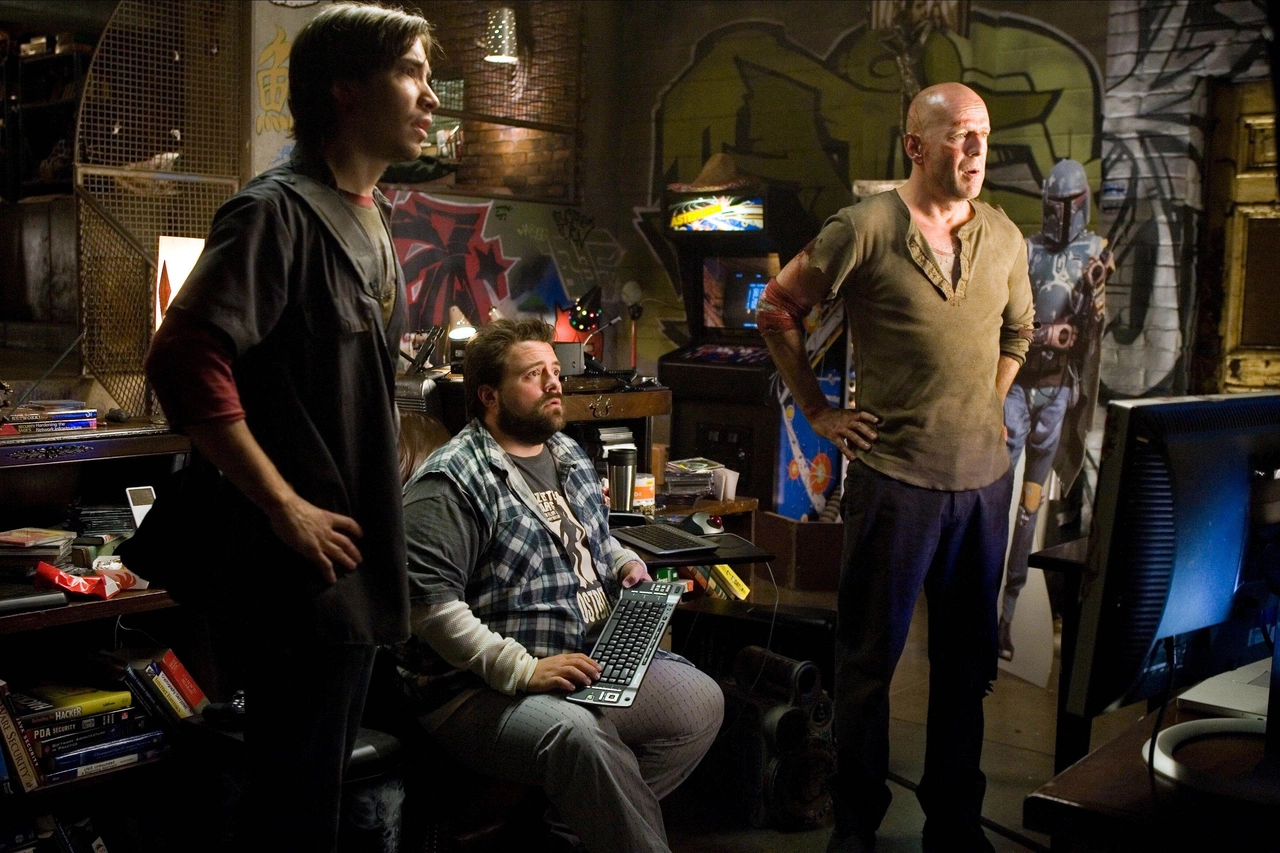
Final Verdict ⭐
Live Free or Die Hard succeeds where many sequels fail. It manages to respect its roots while fearlessly stepping into a new era. Bruce Willis proves that even with age, McClane remains one of cinema’s greatest action heroes.
Rating: 9/10 — A thrilling, explosive ride that bridges old-school action and modern spectacle.
A Landmark in Disaster Cinema 🎬
When The Towering Inferno premiered in 1974, audiences had never seen anything quite like it. Before this film, Hollywood had already flirted with disaster stories, but never with such scale, realism, and intensity.
Director John Guillermin, later known for his work on King Kong (1976) and Death on the Nile (1978), orchestrated a gripping spectacle that combined terror, drama, and human courage into nearly three hours of breathtaking cinema.
The movie presents one of the most terrifying scenarios imaginable: a skyscraper engulfed in flames, turning the skyline into a blazing nightmare. With an epic runtime, it balances disaster spectacle with intimate human stories, keeping viewers on edge while exploring how ordinary people react under extraordinary circumstances.
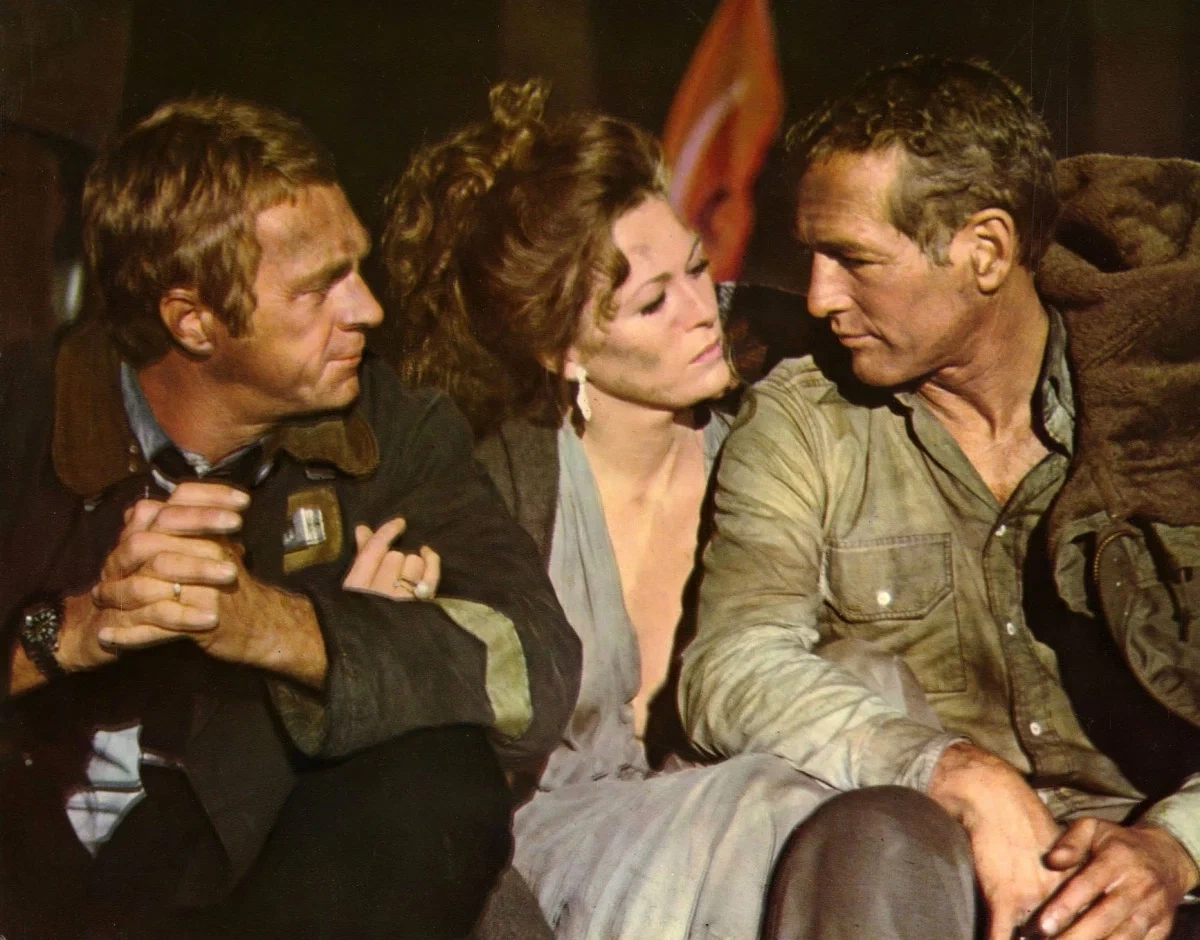
From Page to Screen 📚➡️🎥
The inspiration for the film came from two novels—The Glass Inferno and The Tower. Instead of choosing one, Warner Bros. and 20th Century Fox combined forces to adapt elements of both into a single ambitious project.
This collaboration was unusual at the time but proved fruitful: the studios shared both the expenses and the profits, ensuring the production could reach a truly grand scale.
With a hefty $14 million budget (enormous for the 1970s), the filmmakers spared no effort. Five full-scale floors of the fictional skyscraper were constructed for the production, allowing for immersive and realistic action sequences.
State-of-the-art techniques for the time—rear projection, rotoscoping, wandering masks, and large-scale model work—were all employed to create the illusion of a towering inferno swallowing an entire building.
The Stars Who Lit the Screen 🌟
One of the film’s greatest strengths is its star-studded cast. Hollywood legends such as Paul Newman, Steve McQueen, William Holden, Faye Dunaway, Fred Astaire, Richard Chamberlain, Jennifer Jones, and even O.J. Simpson appeared in the ensemble.
Newman, playing the architect of the ill-fated tower, and McQueen, portraying the determined fire chief, gave powerhouse performances. Their dynamic added weight and authenticity to the film—viewers could believe in their struggle and root for their survival. The ensemble cast reflected a wide spectrum of human behavior in crisis: selflessness, cowardice, leadership, and betrayal.
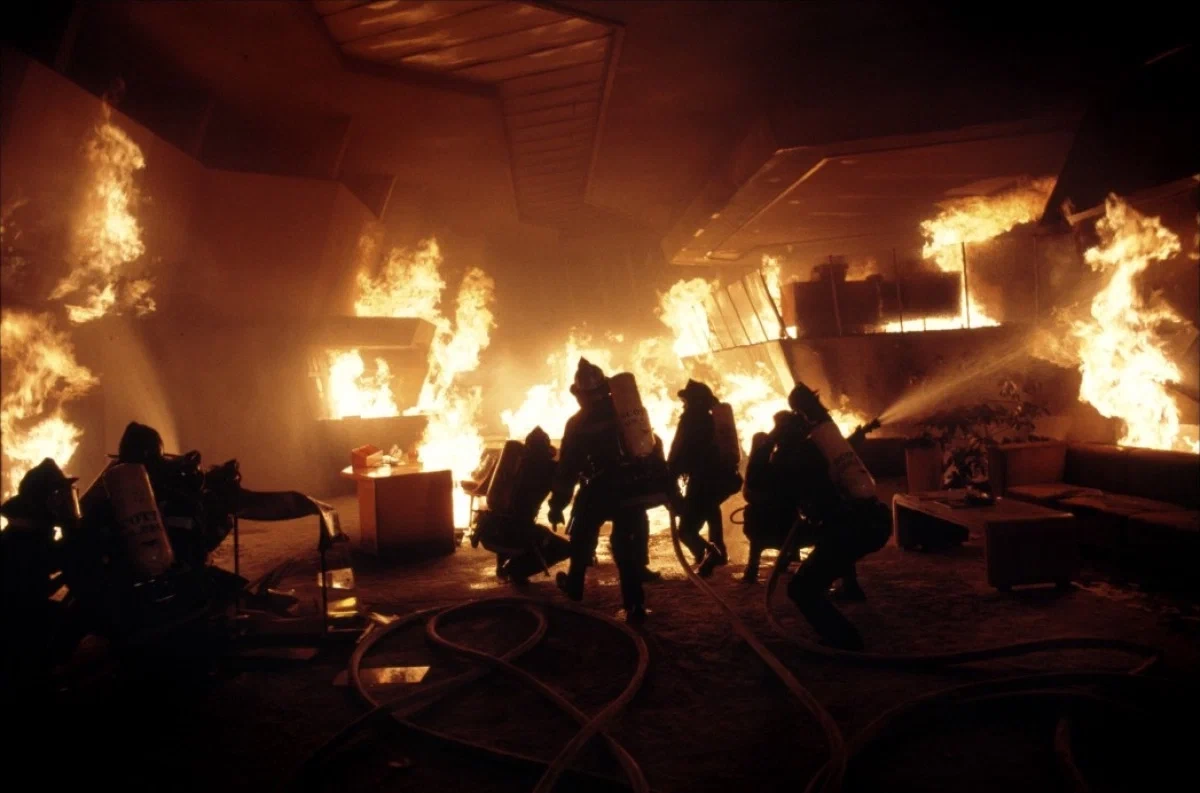
Human Drama Amidst the Flames 👥🔥
Disaster films often rely on spectacle alone, but The Towering Inferno went further. By presenting a microcosm of society trapped within the skyscraper, the story explored how different personalities react when the stakes are life and death.
Some characters rise to heroism, risking everything for strangers. Others show their true, selfish colors, endangering those around them. This range of responses gives the film an emotional depth that elevates it beyond mere visual spectacle. Watching these human stories unfold against a backdrop of fire and destruction makes the suspense far more powerful.
Groundbreaking Effects and Recognition 🏆
Even today, the film’s visual effects hold up remarkably well. The flames, explosions, and collapsing structures feel alarmingly real, a testament to the practical ingenuity of the crew. Unlike modern CGI-heavy productions, every effect was painstakingly crafted with models, real fire, and creative camera work.
The Academy took notice: The Towering Inferno won three Oscars—for Best Cinematography, Best Editing, and Best Original Song. These accolades were well-deserved, cementing the film’s place as both a technical achievement and an artistic triumph.
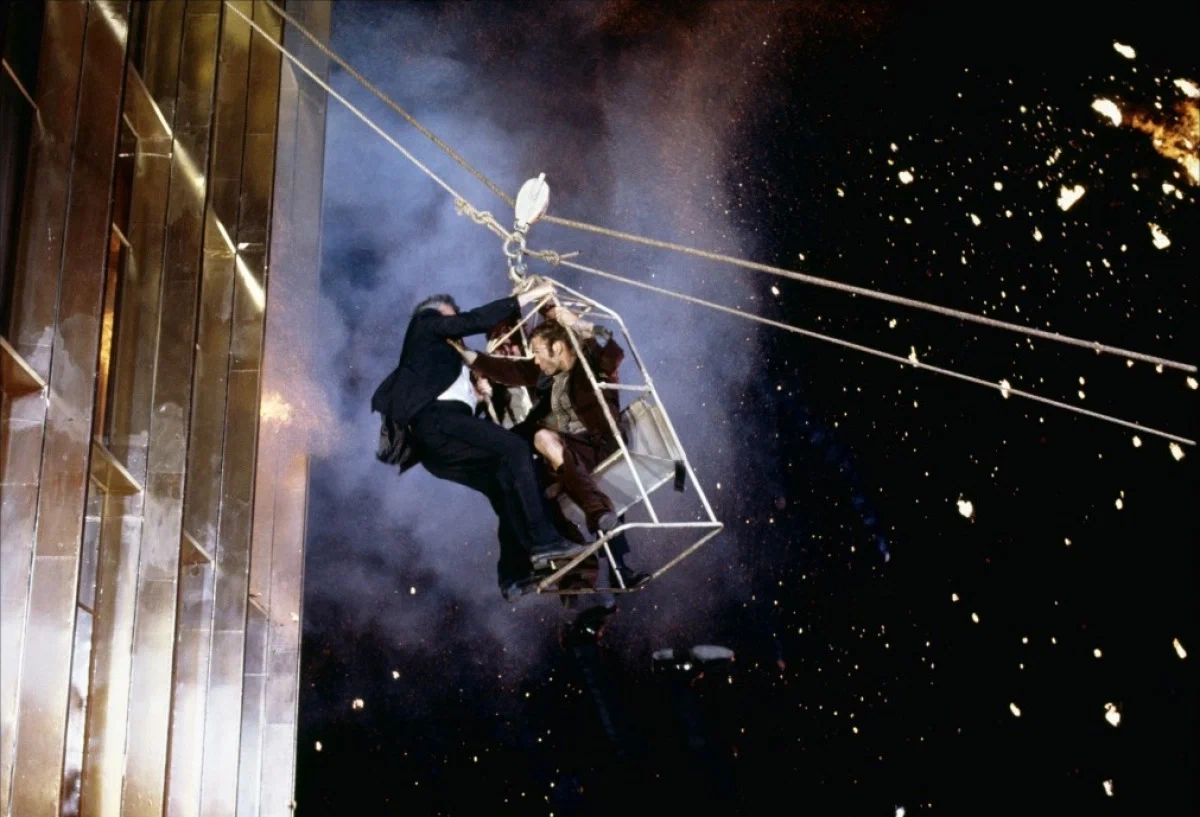
Legacy of Fire 🔥🏆
By pushing the boundaries of what a disaster film could achieve, The Towering Inferno raised the bar for the genre. Its combination of large-scale spectacle, human drama, and A-list talent influenced countless disaster movies that followed. Even today, nearly five decades later, it remains gripping, believable, and emotionally resonant.
It’s more than just a film about fire—it’s a study of humanity under pressure, a cinematic landmark, and a powerful reminder of both the fragility and resilience of human life.
Final Score: 9/10.
After “First Class”: A Hard Act to Follow 🎥
Coming right after the spectacular X-Men: First Class, it was hard for The Wolverine to stand tall in comparison. The scale felt smaller, the stakes less global, and the story more intimate.
Many fans initially felt underwhelmed. Yet with time—and perhaps after a second or third viewing—it becomes clear that the film works best when separated from the grand ensemble of the X-Men saga. As a character study of Logan, it offers something very different, something more personal.
Logan After the Battle ⚔️
The film picks up after the events of X-Men: The Last Stand. Though the ending of that film left the mutants victorious, Logan was far from healed. He carries a deep wound: the memory of killing Jean Grey, the woman he loved. Haunted by her ghost, he drifts through the world aimlessly, tormented by visions.
This portrayal of Logan as a man who no longer finds meaning in his immortality is both tragic and powerful. The story captures the suffocating emptiness of living without purpose—a torment for anyone, human or mutant. In Logan’s case, his healing factor keeps him alive physically, but emotionally he is more broken than ever.
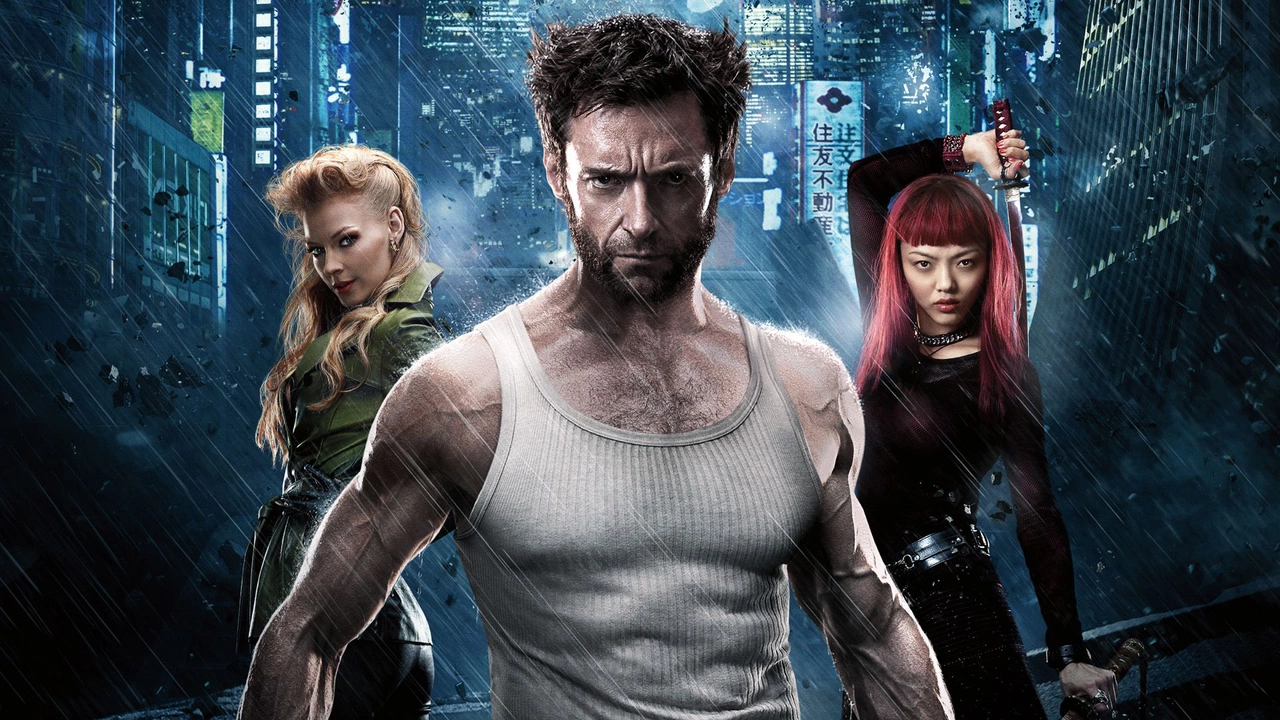
A New Chapter in Japan 🇯🇵
The narrative soon takes Logan to Japan, where the majority of the film unfolds. This shift of setting isn’t just cosmetic—it gives the story a unique tone, blending samurai traditions, neon cityscapes, and intense martial arts action.
Here, Logan is drawn into the orbit of an old acquaintance whose life he once saved. What begins as a reunion quickly turns into a struggle for survival, legacy, and self-discovery.
Japan becomes the stage for Logan’s rebirth. For the first time in years, he finds himself with a new purpose: to protect, to fight, and perhaps even to hope again.
Villains and Allies 🐍
One of the highlights of the film is the introduction of fresh characters. Among them stands out the villainous Viper, played by Svetlana Khodchenkova. Her performance is cold, venomous, and truly unsettling—she feels less like a comic-book caricature and more like a poisonous presence that lingers with every appearance.
Other cast members add authenticity and richness to the Japanese backdrop. Rila Fukushima shines as Yukio, a fierce warrior with prophetic abilities. Hiroyuki Sanada and Tao Okamoto deliver strong performances, while Hal Yamanouchi adds gravitas as the elder figure Yashida. Together, they ground the story and make it feel distinct within the X-Men universe.
Action Meets Drama 💥
On a visual level, The Wolverine does not disappoint. It is packed with sword fights, rooftop chases, and explosive set pieces, including a thrilling battle on top of a speeding bullet train. These moments deliver the spectacle fans expect.
Yet, the emotional drama sometimes falls short. The film sets up heavy themes of mortality and inner demons but doesn’t fully bring them to a climax in the finale. Still, the balance of action and introspection makes it stand apart from typical superhero blockbusters.
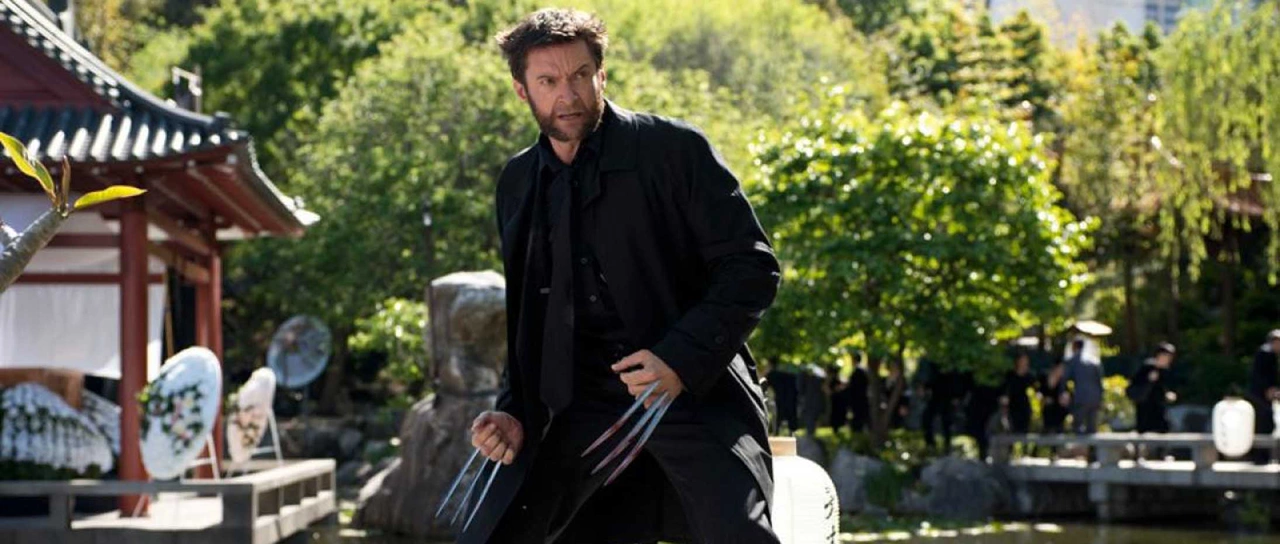
Hugh Jackman: Born to Be Wolverine 🦾
No matter the film’s flaws, its greatest strength lies in Hugh Jackman. By the time of The Wolverine, he had been embodying the character for nearly 15 years. His performance is raw and committed, capturing both the ferocity of the beast and the vulnerability of the man.
Jackman doesn’t just play Wolverine—he is Wolverine. His physicality, intensity, and emotional depth make the character unforgettable. Watching him in this role feels less like seeing an actor on screen and more like witnessing Logan’s soul laid bare.
Final Verdict 🔥
At its heart, The Wolverine is a story about finding purpose after despair. It may lack the grandeur of First Class or the epic ensemble of The Last Stand, but it offers something more personal: a chance to see Logan wrestle with his inner demons and emerge stronger.
With its Japanese setting, fresh characters, intense action, and Jackman’s commanding presence, the film delivers solid entertainment for fans. It may not reach the absolute heights of the franchise, but it remains a memorable and meaningful chapter in Wolverine’s saga.
Score: 7/10.
A new chapter begins for one of fantasy’s most iconic warriors. The trailer for the highly anticipated Red Sonja remake has officially dropped — and it promises a brutal, visually stunning ride into a world where sword and sorcery meet science and steel.
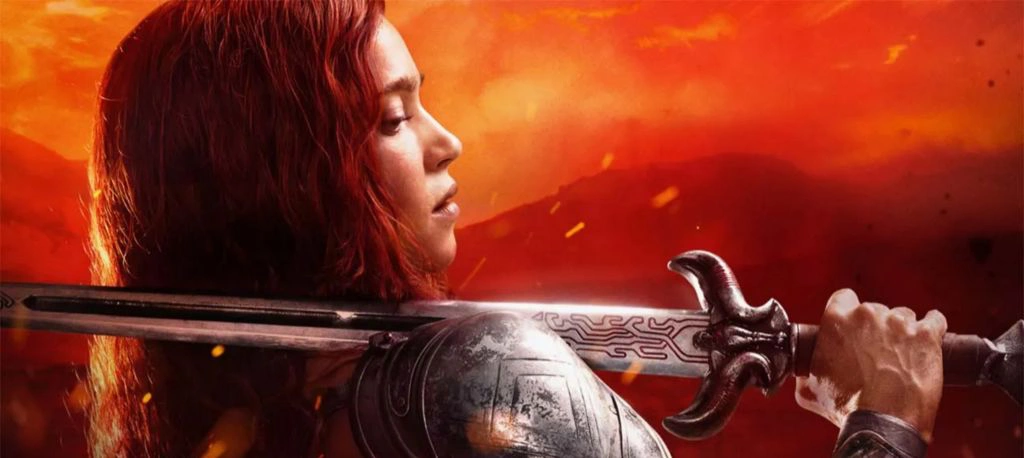
⚔️ A Legendary Heroine Reimagined
Originally introduced in the pages of Marvel Comics, Red Sonja has long been celebrated as the female counterpart to Conan the Barbarian — fierce, fearless, and filled with fire. She’s not just a warrior, but a symbol of defiance, power, and resilience in a realm where brutality rules and only the strongest survive.
While the 1985 film adaptation starring Brigitte Nielsen and Arnold Schwarzenegger is a cult classic, the 2025 version takes a bolder, more grounded approach. This remake isn’t just a retelling — it’s a reawakening.
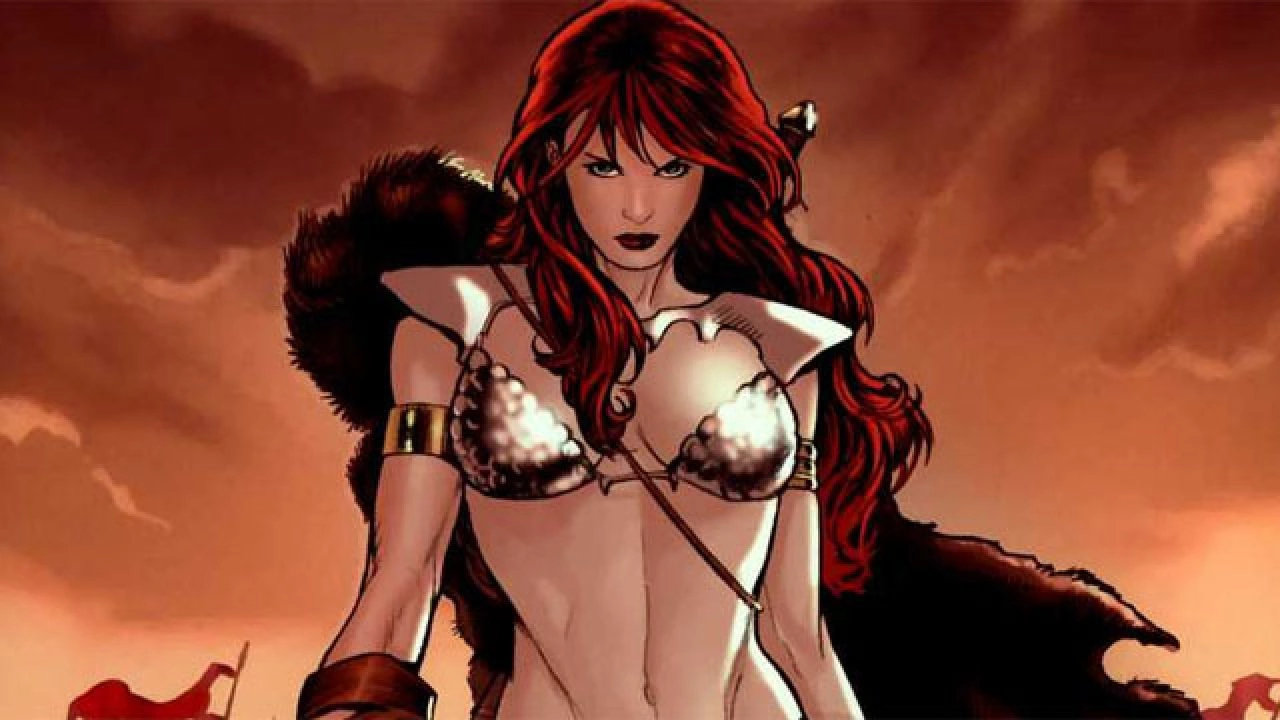
🛡️ The Story: Magic, Machines, and the Arena of Death
In this dark reimagining, Sonja is the last of her kind — a warrior from a tribe that guarded ancient forest magic, now driven to the edge of extinction. When the ruthless Emperor Dragan — a tyrant who uses advanced technology to conquer and control — discovers her hidden sanctuary, he razes it to the ground. Sonja is captured, stripped of her freedom, and forced to fight as a gladiator in his brutal arena.
To win back her freedom, she must survive a gauntlet of savage battles, monstrous foes, and treacherous alliances. But her journey isn’t just about revenge — it’s about rediscovering her purpose and unleashing the raw, mystical power that still burns within her bloodline.
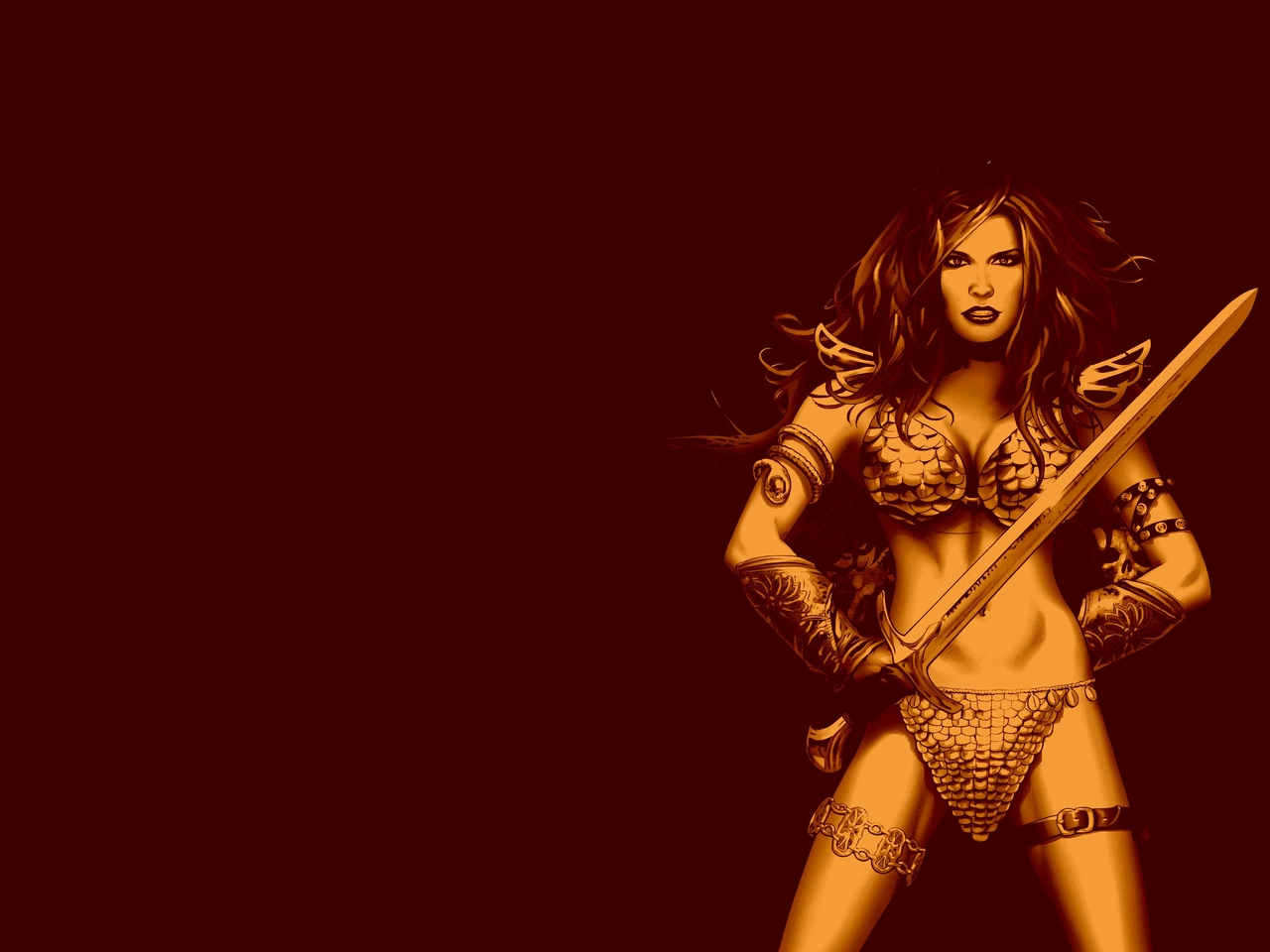
💪 Matilda Lutz Transforms into Red Sonja
Taking on the role of Red Sonja is Italian actress Matilda Lutz (Revenge), who underwent intense combat training to bring the iconic heroine to life. From weapon choreography to full-contact sparring, Lutz fully inhabits Sonja’s power, grace, and fury.
She doesn't play a damsel or sidekick — she is the storm. Her portrayal brings a grounded intensity to Sonja’s internal battle between grief and vengeance, as well as her rise as a symbol of hope and rebellion.
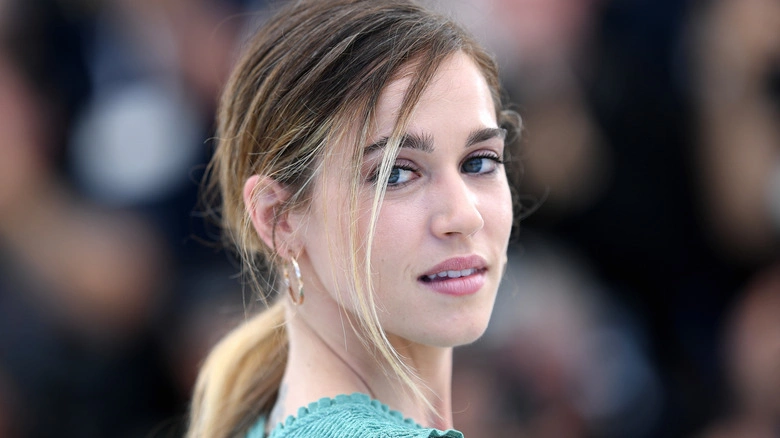
🧬 Robert Sheehan as Dragan: A Charismatic Tyrant
Opposite Lutz is Robert Sheehan (The Umbrella Academy) as Emperor Dragan — the cold, brilliant antagonist whose obsession with domination is matched only by his fear of ancient forces he cannot control. Sheehan’s performance adds nuance and charisma to a villain who sees himself not as evil, but as evolution’s next step.
Dragan represents a terrifying vision of progress — one where machines rule and magic dies. But in Sonja, he meets the one force he can’t predict… or tame.
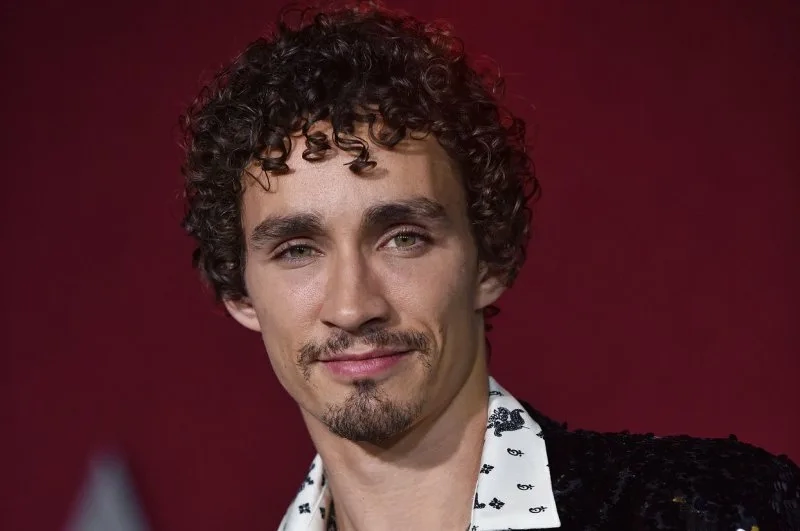
🎬 A Director of Action and Heart
The film is directed by M.J. Bassett, known for her gritty and visually immersive work in Solomon Kane and Silent Hill: Revelation. Bassett blends high-stakes action with emotional storytelling, delivering a fantasy epic that feels raw, human, and cinematic.
The production team behind Mad Max: Fury Road has crafted the visual effects, ensuring stunning landscapes, visceral battles, and seamless integration of ancient magic and sci-fi weaponry. This blend of practical effects and digital wizardry creates a gritty, lived-in world that crackles with energy.
🔥 A Summer Blockbuster with a Warrior’s Soul
Red Sonja isn’t just a remake — it’s a statement. It’s about reclaiming power, fighting for identity, and surviving against impossible odds. It’s about fire — not only the kind that destroys, but the kind that lights the way forward.
As gladiator films make a cultural comeback and fantasy finds new ground in mainstream cinema, Red Sonja is set to carve out her place once again — not just as a nostalgic figure, but as a fully realized warrior queen for a new generation.
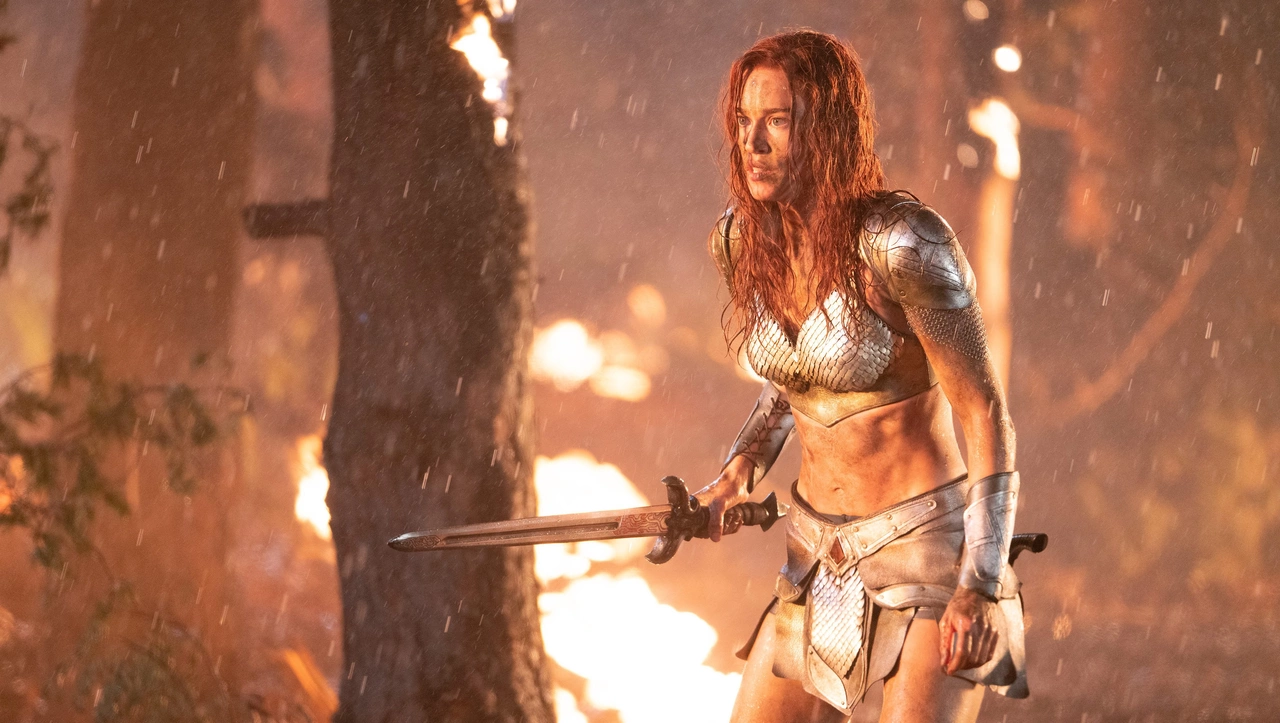
📅 Coming Soon: The Legend Awakens
One of the most exciting releases of the summer, Red Sonja combines adrenaline-pumping action, deep mythology, and a heroine who commands the screen with both steel and soul. Get ready for a spectacle of epic battles, rich world-building, and a story that refuses to be silenced.
The film is set to hit theaters this summer — and Sonja’s legend is only just beginning.
In 2025, Austin Butler stands tall among the most compelling actors of his generation. After his breakthrough in Elvis, which showcased his stunning ability to fully inhabit a role, he didn’t chase fame — he chased substance.
Today, Butler is not just a face on the screen. He’s a performer who seeks out characters that demand stillness, complexity, and emotional depth. In his 2025 feature — a quiet, minimalist drama — he portrayed a soldier returning home after the loss of his brother. The film relied not on action, but on emotion: glances, breath, stillness. It wasn’t acting — it was being.
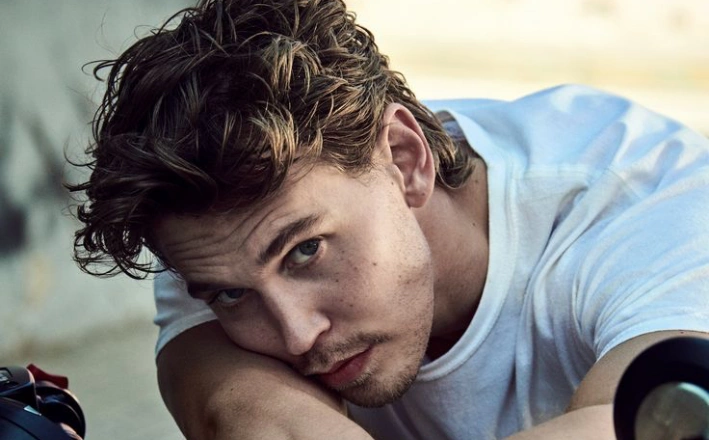
Butler doesn’t need to be loud. He doesn’t chase headlines. And that is exactly where his power lies. He brings full presence into every frame. The audience doesn’t just watch him — they feel what’s beneath the surface.
In a time when spectacle often overshadows storytelling, Austin Butler is being recognized as one of the few who brings humanity back to cinema. He’s not afraid of silence. He’s not afraid to be vulnerable. And he’s not afraid to sit with pain that can’t be resolved in a scene or two.
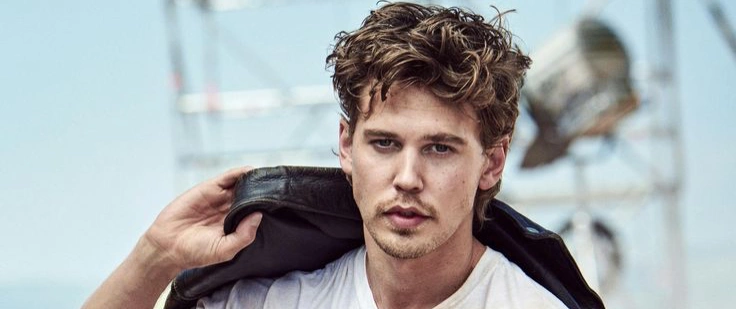
In 2025, Austin Butler is not a trend — he’s the heartbeat of real cinema. A reminder that what matters isn’t how loud you are — but how deeply you feel, and how honestly you share it.
By 2025, Zendaya is no longer simply one of Hollywood’s rising stars — she is a fully established powerhouse. Actress, producer, fashion icon, activist — her influence spans industries, audiences, and generations. But more than anything, Zendaya represents a shift in how we see fame: not as distance, but as connection. Not as performance, but as presence.
After a decade of rapid growth, Zendaya entered 2025 with confidence and clarity. Her performance in the long-anticipated sci-fi epic Dune: Part Two received widespread acclaim for balancing strength and subtlety. She brought quiet intensity and emotional intelligence to a genre that often leans into spectacle. But that wasn’t her only headline.
In 2025, she also produced and starred in an independent psychological drama, directed by a first-time female filmmaker. The story — raw, introspective, and deeply human — became a festival favorite, and Zendaya’s performance was called “career-defining.” It’s a reminder: she doesn’t choose roles to impress. She chooses stories that matter.
Zendaya’s power lies not only in what she does, but in how she does it. She moves with integrity. In interviews, she’s thoughtful, grounded, and refreshingly honest. On red carpets, she doesn’t follow trends — she sets them. Whether in sculptural couture or bare-faced simplicity, she communicates one thing clearly: self-possession.
She has also become a vocal producer and advocate for inclusive storytelling. In 2025, her production company greenlit two projects led by emerging Black and Latina directors — a move widely praised in an industry still struggling to balance representation with substance.
But perhaps Zendaya’s greatest strength is how she holds space for duality. She is both artist and activist. Quiet and commanding. Classic and cutting-edge. She speaks for a generation that refuses to be one thing — and she does so without ever losing her calm, her vision, or her voice.

Her career is no longer just one to watch — it’s one to study. Because in an age of noise, distraction, and spectacle, Zendaya reminds us that depth lasts longer than attention.
In 2025, Zendaya is not just a celebrity — she’s a leader. Not by volume, but by clarity. Not by perfection, but by purpose.
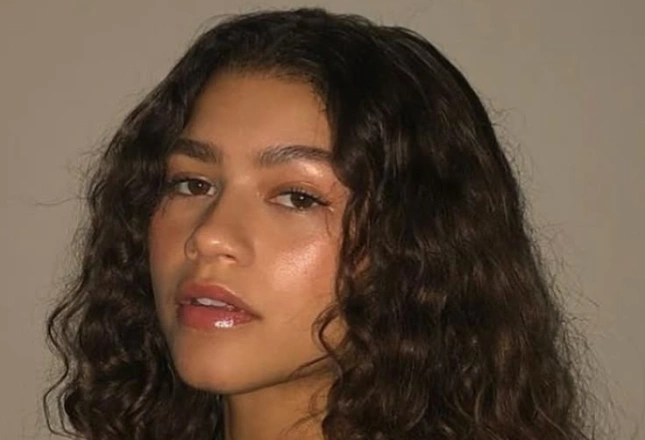
By 2025, Timothée Chalamet has grown into something more than a talented actor — he’s become a cultural symbol. A face of modern cinema that embraces nuance, emotion, and authenticity over superficial strength or loud storytelling. At just 29 years old, he’s already left a mark not only on screen, but in how we think about masculinity, fame, and vulnerability in the public eye.
After the global success of Dune: Part Two, where he led an ensemble through the vast political and emotional deserts of Arrakis, Chalamet proved that he could carry a franchise while remaining true to his introspective, layered style. He brought quiet intensity and fragility to a genre often ruled by explosions and archetypes.
But 2025 saw him pivot once again — this time, to something deeply personal. In a new French-language independent film, Chalamet took on the role of a reclusive writer grappling with past trauma, public pressure, and creative silence. The film, directed by a rising auteur, premiered at the Cannes Film Festival and quickly became one of the most talked-about projects of the year. Critics praised not just his performance, but his restraint — his ability to do more with a pause or a glance than many do with monologues.
This is the essence of Chalamet’s craft: stillness that speaks volumes.
Beyond cinema, Chalamet remains a cultural force. He is redefining what it means to be a leading man in the 21st century — not through dominance, but through emotional intelligence. In an era where audiences crave something real, his authenticity stands out. Whether he’s on the red carpet in daring fashion, speaking candidly in interviews, or disappearing into a role, there’s always a sense that what we’re seeing is real — not manufactured.
His style, both personal and professional, reflects a generation that values sensitivity, openness, and questioning the norms. Young viewers see themselves in him — not as an unreachable idol, but as someone navigating fame, creativity, and identity with honesty and curiosity.
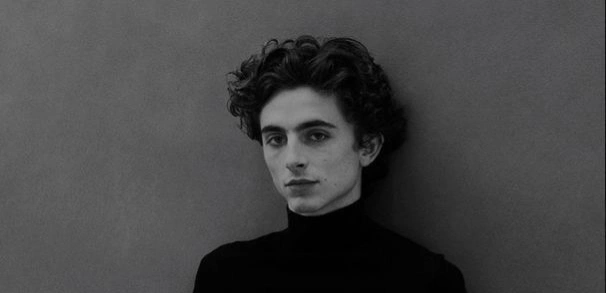
Timothée doesn’t chase roles that "fit the mold." Instead, he shapes every role into something unexpected. From historical dramas to sci-fi, from dreamy coming-of-age stories to abstract art films — he’s not just acting, he’s creating space for emotion in genres that often forget it.
In 2025, while some actors chase the next franchise or billion-dollar opening, Chalamet continues to choose depth, complexity, and risk. And that may be why he’s not just popular — he’s important.
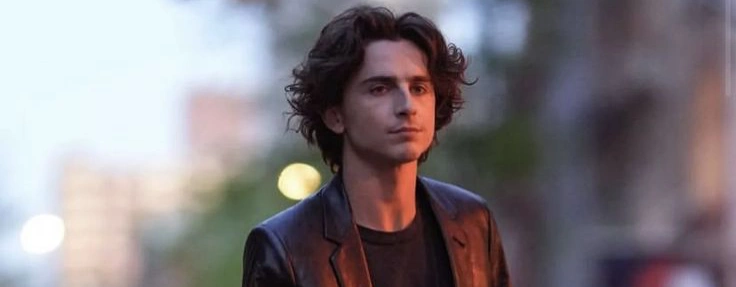
Because in a world oversaturated with images, effects, and spectacle, truth stands out. And Timothée Chalamet has made truth his signature.
Norway is not just beautiful — it's breathtaking. A land where steep cliffs rise from deep blue fjords, waterfalls thunder down rock faces, and the air feels so pure you can’t help but breathe deeper. It's a place that humbles you, that makes you feel small in the best possible way.
My journey began in Oslo — a calm, modern city nestled between forests and lakes. It’s a city that balances innovation and nature effortlessly. I spent my first few days exploring the Munch Museum, walking along the Aker Brygge waterfront, and enjoying peaceful evenings in cozy cafés. Even in the capital, nature never feels far away — a 20-minute tram ride takes you into the woods, and locals don’t hesitate to head out for a hike after work.
But my heart was set on the wild side of Norway. I rented a car and began the journey west, toward the fjords — the true soul of this country. The landscapes changed quickly: flat plains gave way to towering peaks, and quiet towns appeared like jewels at the foot of massive cliffs.
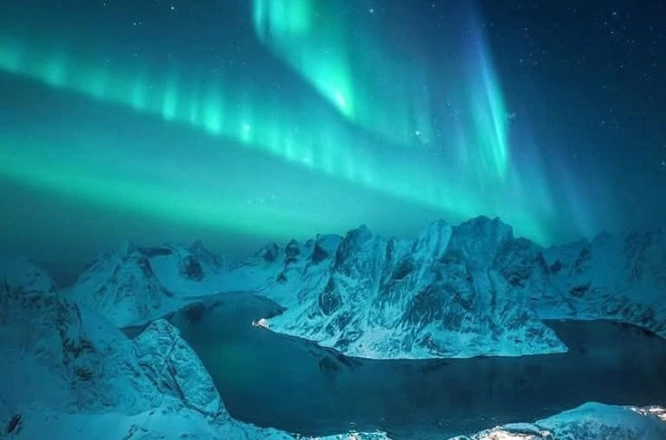
Driving along Geirangerfjord and Sognefjord was like entering a fairytale. The light constantly shifted — one moment, sunlight danced on the water, and the next, low-hanging mist would roll in, wrapping the mountains in silence. Ferries took me from one fjord to another, crossing waters so still they looked like mirrors. In some places, the roads were carved straight through the mountains — dark, narrow tunnels giving way to sudden, jaw-dropping views.
One of the most unforgettable experiences was hiking to Preikestolen — Pulpit Rock. The trail was about two hours uphill, rocky and steep in places, but every step was worth it. At the top, the reward was almost unreal: a wide, flat cliff jutting 600 meters above the Lysefjord. I stood at the edge, the wind in my face, and looked down at the endless blue below. There was silence — no noise, no crowds, just nature in its most pure and powerful form. It was one of those rare moments where everything else disappears, and all that’s left is presence.
But Norway’s magic isn’t only in the famous sights. It’s in the little things too: the sound of a waterfall echoing through a valley, the smell of pine trees after rain, the warm cinnamon bun at a roadside café, the slow pace of life in a mountain village. People here live with nature, not against it — and as a traveler, you’re invited to do the same.
Norway teaches you to slow down. It’s not a country for rushing. It’s for breathing deeply, walking quietly, and watching how clouds move across the sky. It reminds you that true beauty doesn’t need to be loud — sometimes, it just needs to be noticed.

If you're searching for a destination that offers not just incredible landscapes, but a shift in perspective, Norway will welcome you with open arms — and endless horizons.
After her breakout in Fifty Shades of Grey and intense roles in films like Suspiria, Dakota Johnson returns in a fresh and intriguing new feature. In A24’s romantic comedy Materialists, directed by Celine Song, she plays Lucy—a successful New York matchmaker seeking the perfect partner for her client. The plot plunges into a love triangle: Lucy is torn between the wealthy, polished Harry (Pedro Pascal) and the charming yet flawed John (Chris Evans)
This isn't just your typical rom-com. It promises to redefine the genre through subtle commentary on modern dating culture and emotional nuance. The chemistry between Johnson, Evans, and Pascal lends depth, showing Johnson as both charismatic and vulnerable—a sign of her growth toward more mature roles.
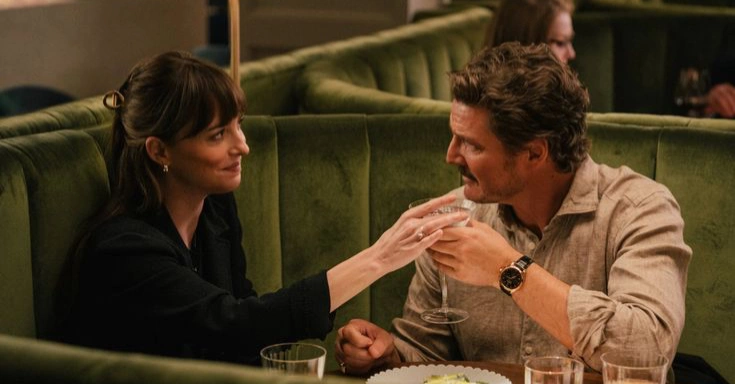
Set against the fast-paced backdrop of contemporary Manhattan, Materialists explores romance, identity, and class through the lens of one woman caught between what she thinks she wants and what her heart truly needs. Lucy, portrayed by Dakota Johnson, is no stranger to love — or at least, to managing it professionally. As one of New York’s most sought-after matchmakers, she prides herself on understanding human behavior, compatibility, and emotional logic. But when her own emotions become entangled in a client's case, the control she’s known begins to slip.
What makes Lucy compelling isn’t her confidence — it’s her quiet internal contradictions. She's smart, capable, and observant, yet beneath her curated image lies someone longing to be chosen not for her poise or insight, but for who she is when she isn’t being useful. Through nuanced writing and Johnson’s layered performance, Lucy becomes a portrait of modern womanhood: self-made and self-aware, yet vulnerable to the timeless confusion of love.
Director Celine Song brings the same emotional precision she demonstrated in Past Lives, infusing every scene with subtext and stillness. In Materialists, romantic tension simmers through microexpressions, offhand remarks, and loaded silences. It’s a film that understands love is rarely loud — it’s felt most deeply in what remains unsaid.
As Lucy becomes emotionally involved with both Harry and John, her own values come into question. Harry offers security, sophistication, and the promise of a carefully constructed life. John, on the other hand, is unpredictable — a failed musician with a messy past, sharp wit, and genuine warmth. What begins as a professional obligation quickly spirals into a personal dilemma, forcing Lucy to confront not just her desires, but her fears.
Dakota Johnson captures this tension with impressive control. Her portrayal is filled with small but resonant choices — a pause before a response, a flicker of doubt mid-smile, or the way she breaks eye contact when emotions feel too raw. Lucy is never reduced to a trope; she’s allowed to be both composed and confused, kind and selfish, certain and overwhelmed.
Visually, the film leans into clean compositions and tactile, lived-in spaces — cafes lit with golden hour sunlight, cluttered apartments with half-written songs, luxury rooftops where silence feels more intimidating than words. This rich visual storytelling enhances Lucy’s internal state, balancing between the glitter of curated perfection and the warmth of imperfection.
The script resists easy conclusions. Rather than choose one man or the other in predictable rom-com fashion, Materialistsleans into ambiguity and growth. Lucy's journey is ultimately less about choosing between two men and more about reclaiming her own voice in a world that often sees women as facilitators of others’ love stories, rather than protagonists of their own.
Supporting performances — including a sharp turn by Greta Lee as Lucy’s best friend and confidante — provide levity and depth, rounding out a world that feels as emotionally real as it is narratively satisfying.
For Dakota Johnson, Materialists signals a new chapter. She sheds past personas and delivers a grounded, emotionally intelligent performance that shows restraint, complexity, and grace. Her Lucy is not an ideal — she’s a person, and that’s what makes her unforgettable.
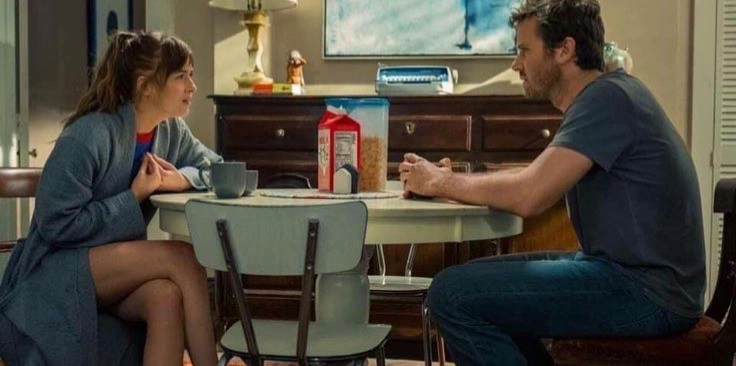
In July 2025, fans will witness the highly anticipated return of Dexter Morgan—the iconic antihero from the cult thriller series Dexter. In the new show Dexter: Resurrection, created by Clyde Phillips for Paramount+ and Showtime, Michael C. Hall reprises his role as Dexter, haunted by the shadows of his past. Picking up after New Blood, Dexter lands in New York City on the trail of his son Harrison, while Captain Batista refuses to let go in the search for truth. With co-stars like Peter Dinklage, Uma Thurman, and Ntare Mwine, the series is not just about hunting killers—it explores the fragile balance of identity when one's past resurfaces in a new world. Michael C. Hall portrays not just Dexter’s calculated charm, but also the vulnerability of a man struggling to control his darkness, especially when paternal bonds collide with instinctual habits.
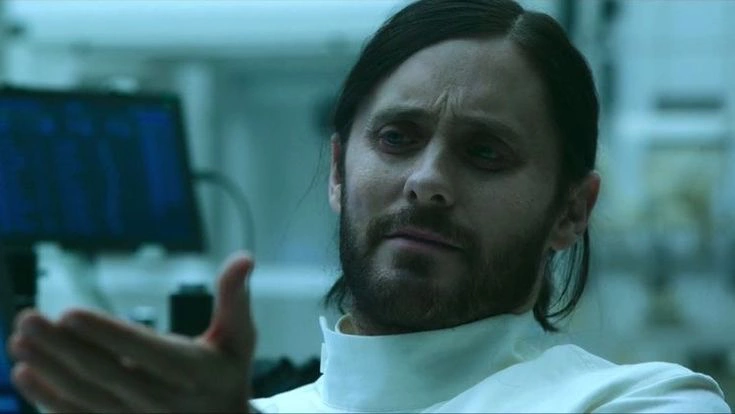
Set against the sprawling, impersonal backdrop of New York City, Dexter: Resurrection marks a shift in tone and tempo. Gone are the familiar palm trees and sun-soaked crime scenes of Miami — this is a colder, more chaotic world, reflecting the turbulence within Dexter himself. The city becomes a character of its own: a relentless organism filled with secrets, shadows, and strangers who might be allies — or threats.
The series leans heavily into psychological tension. Dexter is no longer the confident predator who controlled his urges through a strict moral code. He is now a man on edge — older, wearier, and more self-aware — forced to face the consequences of a life built on lies and blood. As he chases after Harrison, he's not just trying to find his son — he's trying to find redemption, or perhaps, a final answer to the question he’s been avoiding his entire life: Can someone like him truly change?
Harrison, meanwhile, is no longer the confused teenager we met in New Blood. He’s evolving — navigating his own moral dilemmas, battling internal demons, and attempting to define who he is without falling into the same traps as his father. But the line between inherited darkness and free will grows thinner with every episode, especially when the world around him keeps pushing him closer to the edge.
The introduction of new characters brings complexity and depth to the narrative. Some appear as possible anchors for Harrison or Dexter, while others become dangerous obstacles. Each of them represents a piece of the larger puzzle — a puzzle that, if solved, could expose Dexter’s carefully hidden truth.
One of the show’s strongest elements is its commitment to emotional honesty. It doesn’t glorify Dexter’s actions; instead, it interrogates them. The show asks viewers to reflect: Does the intention behind a violent act justify the act itself? Is protecting a loved one always noble — even if it means doing monstrous things?
The score, the cinematography, and the pacing all reflect this darker, more introspective chapter. Flashbacks and internal monologues provide windows into Dexter’s fractured psyche, revealing guilt, doubt, and a desperate longing for connection. It’s a haunting evolution of a character once thought to be unreachable by human emotion.
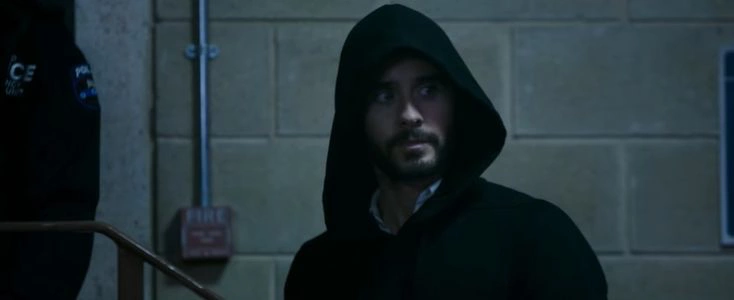
Ultimately, Dexter: Resurrection is more than just a continuation — it's a transformation. It blends crime drama with psychological thriller, father-son drama with noir sensibility. Longtime fans will recognize the core of what made the original Dexter unforgettable, while new viewers will find a complex, standalone narrative full of suspense, moral conflict, and emotional stakes.
As Dexter walks the tightrope between redemption and relapse, the audience is left wondering: will he finally silence the dark passenger — or become consumed by it for good?